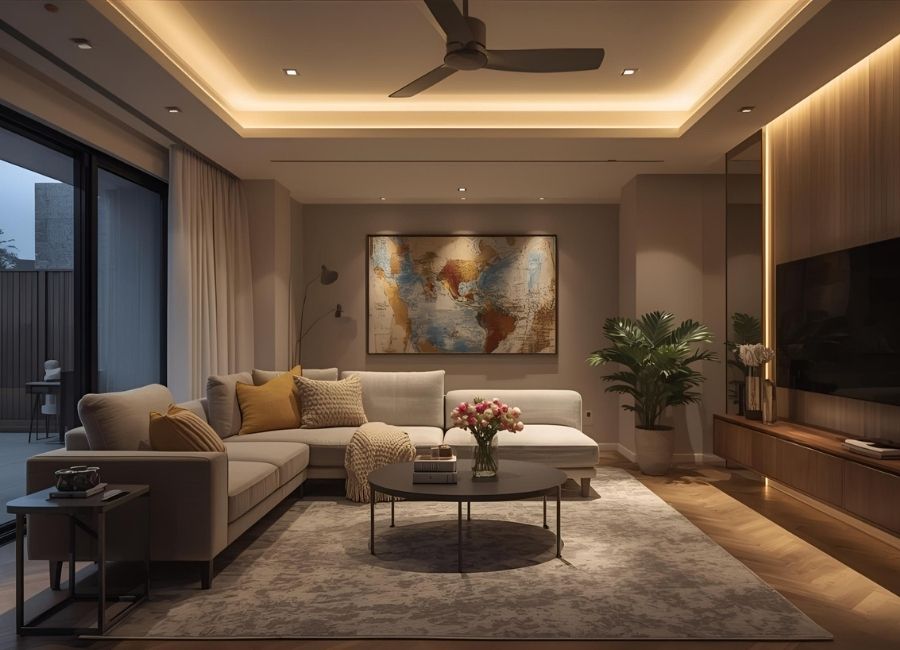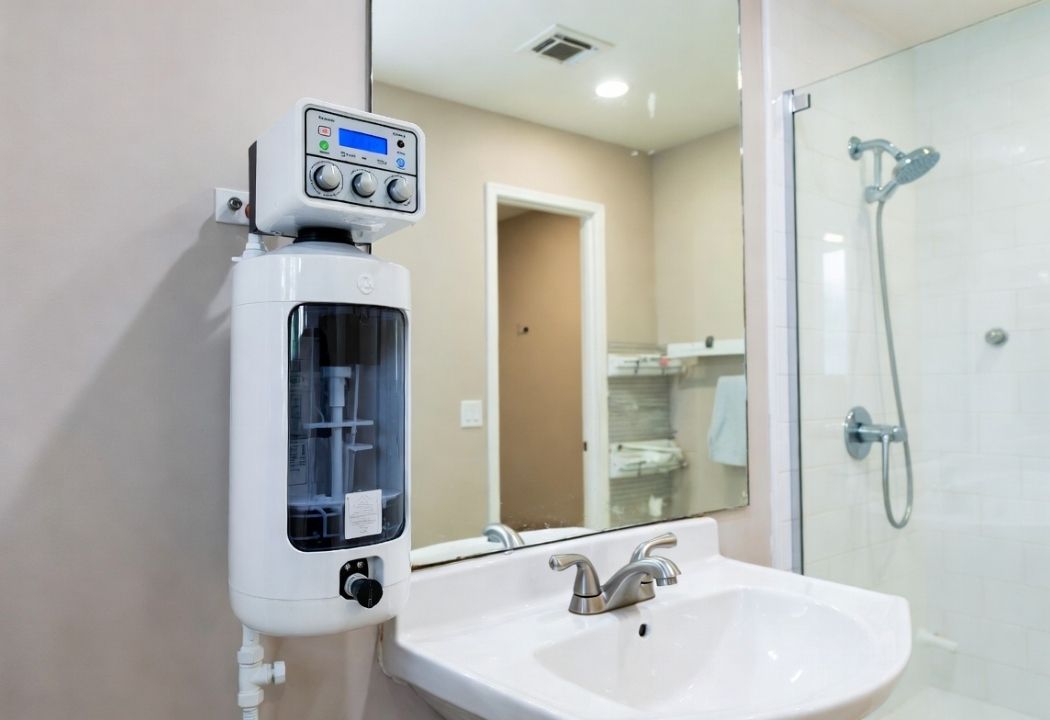Lighting is one of the most powerful ways to shape your environment. Whether you’re designing a cozy corner of your living room or a sleek, modern office, one concept stands out in its ability to balance aesthetics and practicality—indirect lighting. But what is indirect lighting, and why is it such a popular choice among interior designers and homeowners alike?
This post will walk you through everything you need to know about indirect lighting—from what it is and why it matters, to practical tips on how to integrate it into your home or workspace. You’ll also discover its key benefits and why it has become a game-changer in creating adaptable and stunning spaces.
What Is Indirect Lighting?
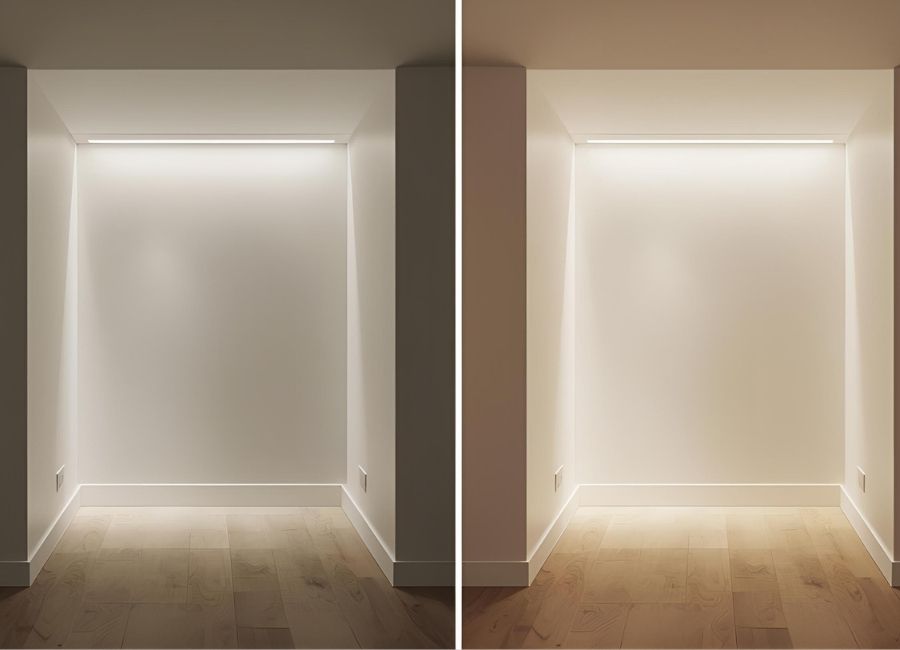
Indirect lighting refers to a technique where light is not emitted directly from the fixture into the room but is instead reflected off surfaces like ceilings, walls, or floors. The result is a softer, more diffused light that reduces harsh shadows and creates a welcoming, ambient glow. Think LED strips placed under cabinets, cove lighting hidden in ceiling alcoves, or wall-mounted uplighters that bathe a room in a calm, even light.
Unlike conventional direct lighting, indirect lighting is less about spotlighting and more about creating an atmosphere. This makes it a favorite for designers seeking to strike the perfect balance between function and mood.
Why Indirect Lighting Matters
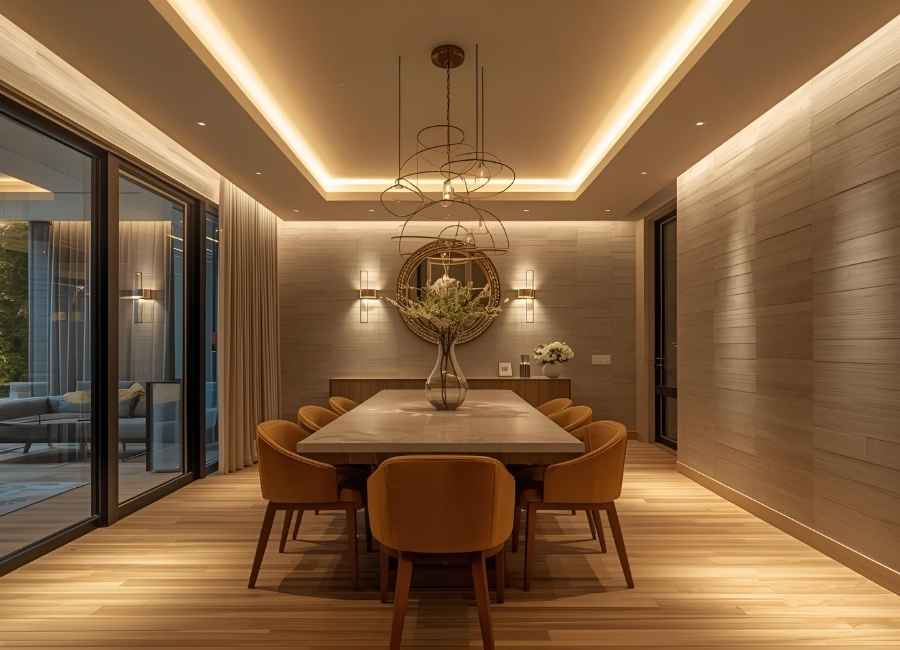
Indirect lighting isn’t just about aesthetics. Its advantages span a wide range of practical and emotional benefits, making it an ideal choice for both residential and commercial spaces.
1. Enhances Ambience and Mood
Whether you’re hosting a dinner party or unwinding after a long day, lighting has a significant impact on how a room feels. Indirect lighting delivers a serene and relaxing atmosphere by eliminating harsh glares commonly caused by direct light sources.
For example, replacing a harsh ceiling-mounted light with warm, indirect LED strips can transform a room from stark and clinical to inviting and cozy.
2. Reduces Eyestrain
Poor lighting puts unnecessary strain on your eyes, especially in spaces where you read, work, or spend long hours. Indirect lighting minimizes glare and ensures the entire room is evenly lit, making a significant difference in both comfort and functionality.
This is especially beneficial for home offices, where indirect lighting can boost productivity while keeping eye fatigue at bay.
3. Elevates Aesthetics
Nothing shows off architectural features like indirect lighting. The way light and shadows interplay can accentuate design elements such as alcoves, textured surfaces, or sweeping ceilings. It introduces a level of sophistication and elegance that direct lighting alone simply cannot.
4. Energy Efficient
Modern LED solutions used in indirect lighting consume significantly less energy than traditional incandescent bulbs. By strategically placing light fixtures, you can also use fewer bulbs to achieve the same effect, further saving energy and lowering electricity bills.
5. Versatile and Customizable
From setting the mood in a living room to illuminating staircases at night, indirect lighting is highly adaptable. With a range of color temperatures, dimming capabilities, and installation techniques, it offers endless flexibility for tailoring brightness and ambiance to your needs.
How to Integrate Indirect Lighting into Your Space
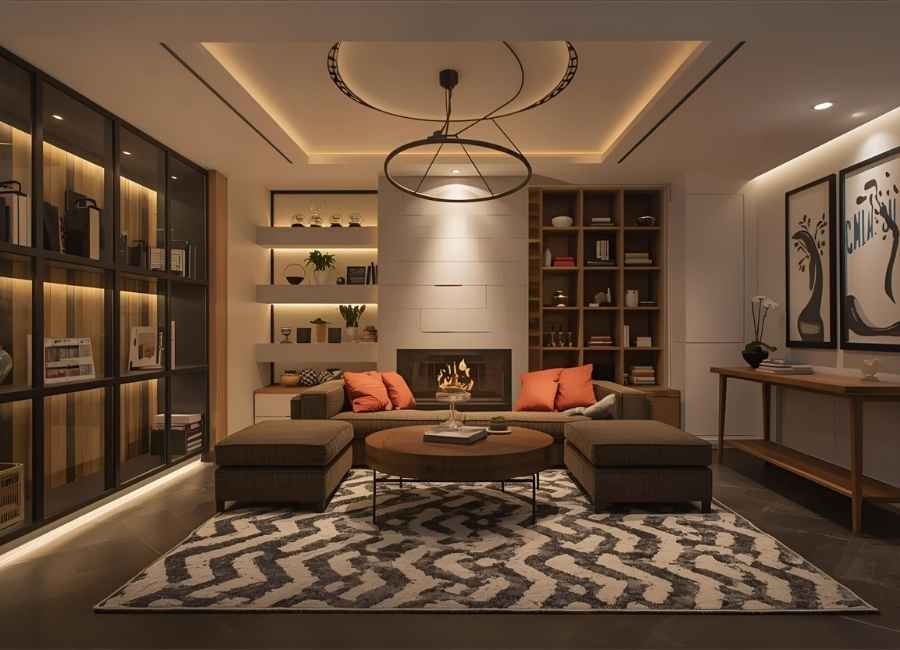
Integrating indirect lighting is easier than you might think. With a little planning and creativity, you can seamlessly elevate your space. Here’s how to start.
1. Choose the Right Areas to Highlight
Indirect lighting works best when used to emphasize specific features or zones in a space. Consider lighting areas such as these:
- Cove lighting: Place lighting within a recessed ceiling to create a soft glow along the perimeter of the space.
- Under-cabinet lighting: Perfect for kitchens and task spaces, this lighting makes countertops functional and visually appealing.
- Around mirrors: Backlit mirrors in bathrooms elevate the room’s vibe with both style and practicality.
- Staircases or hallway accents: Uplighters placed along staircases or hallway edges combine safety with elegance.
2. Use LED Strips for Versatility
LED strip lights are an excellent option for indirect lighting because they are both flexible and energy-efficient. These come in various colors and brightness levels to suit every necessity and are easy to install below cabinetry, behind headboards, or on shelves.
When shopping, look for color-adjustable LEDs to switch between warm tones for relaxation and cool tones for focus. Ensure they operate via remote control or app integration for added convenience.
3. Pay Attention to Color Temperature
Light temperature matters just as much as placement. Warm whites (2700K-3000K) establish a cozy and inviting environment, making them ideal for bedrooms or living rooms. On the other hand, cool whites (4000K-5000K) are better for task-oriented spaces like offices and kitchens, where visibility is crucial.
4. Layer It with Other Light Sources
While indirect lighting is fantastic for setting the mood, it’s most effective when layered with other types of lighting. Combine indirect lighting with task-oriented spotlights or decorative lights to meet both functional and aesthetic needs.
For instance, pendant lights over a dining table can provide focused illumination, while concealed indirect lighting along the ceiling creates an inviting glow.
5. Invest in Smart Lighting
Smart systems bring a new level of convenience to indirect lighting. With wireless controls, you can dim, change colors, and program your lights based on the time of day or your mood. Brands like Philips Hue and LIFX offer affordable smart lighting solutions compatible with most home automation systems.
Example
Imagine starting your morning with soft, cool-toned lighting to energize your day, and then winding down in the evening with warmer tones that soothe and mimic candlelight. With smart lighting, you can automate this seamless transition.
6. Don’t Forget Professional Installation
While DIY options like LED strips are popular, some more complex setups (like cove lighting or wall-mounted uplighters) require professional expertise. Hiring an experienced electrician ensures both safety and precision, giving your space a polished, high-end finish.
Indirect Lighting in Different Rooms
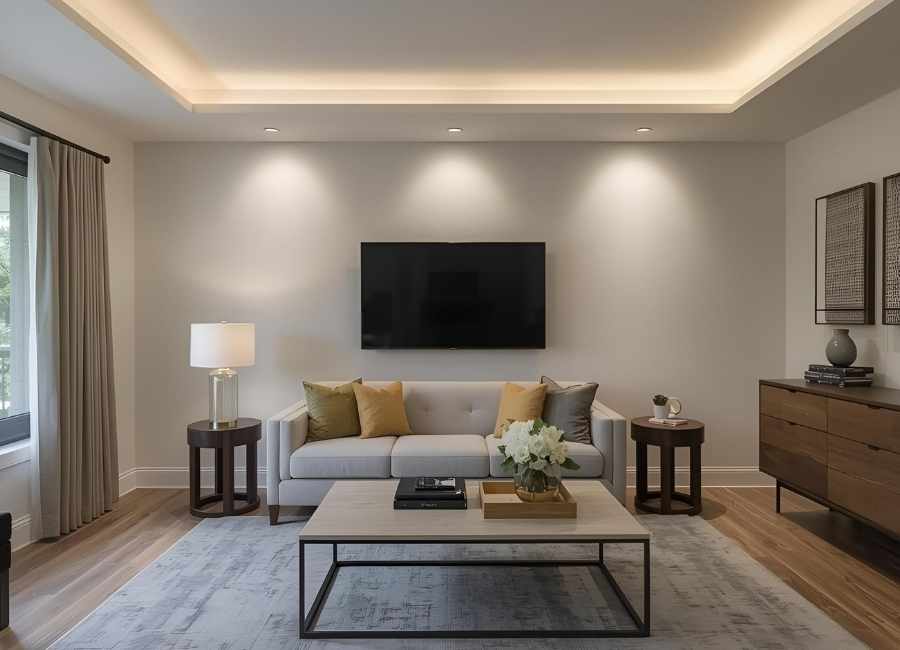
Each room comes with its own lighting challenges and opportunities. Here’s how to make indirect lighting work for some of the most common areas in your home or office.
Living Room
- Add LED tape under shelves for a soft glow that frames your decor.
- Integrate uplighters into corners to wash the walls with light for cozy movie nights or late-evening relaxation.
Kitchen
- Install under-cabinet lighting to illuminate countertops.
- Use cove lighting on kitchen island ceilings for a glamorous yet functional finish.
Bedroom
- Place LED strips behind your headboard for a subtle romantic effect.
- Add toe-kick lighting beneath bedsides to illuminate nighttime pathways without disturbing your sleep.
Home Office
- Use cool-toned uplighters to keep your desk evenly lit without creating distracting shadows.
Transform Your Space Today
Indirect lighting is not just a tool for illuminating your surroundings but a way of completely redefining how your space feels and functions. From creating a serene atmosphere to showcasing architectural elements, its benefits can be easily tailored to meet your practical and aesthetic needs.
If you’re ready to transform your home or office into a beautifully lit masterpiece, start by exploring the wide range of LED solutions available on the market today. For any complex installations, consulting with professionals can make a world of difference.
Take the first step toward a brighter, better-designed future.







